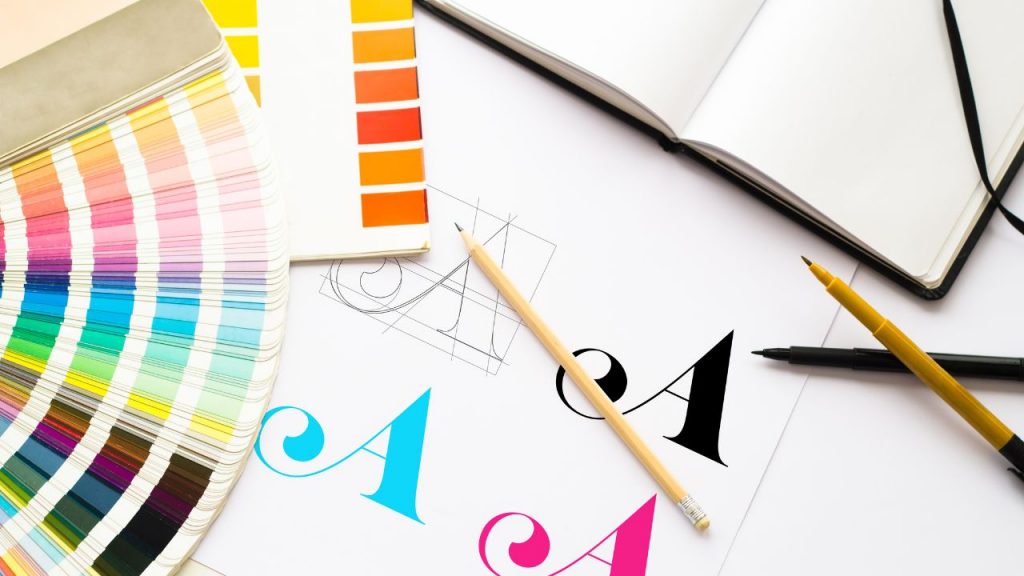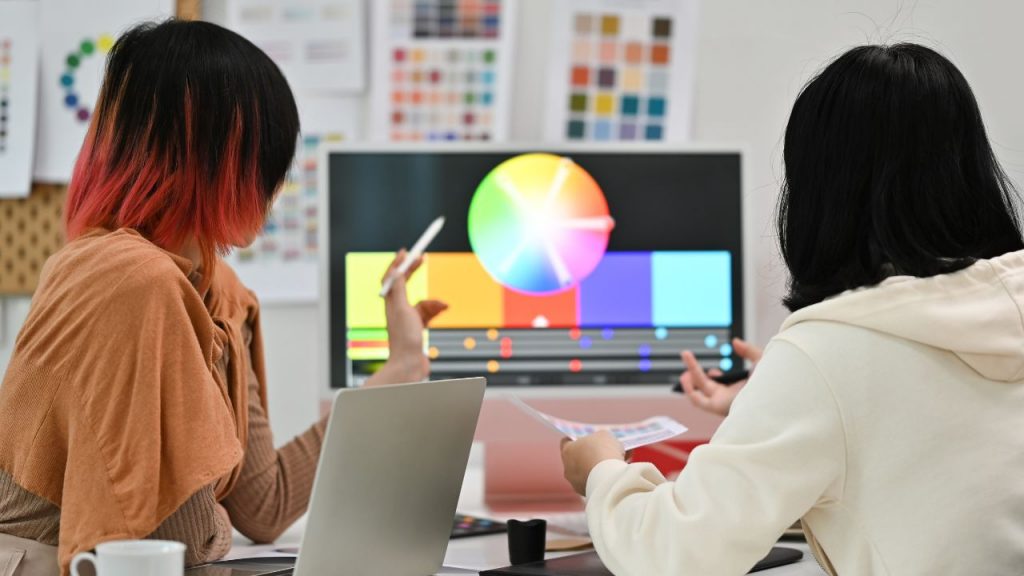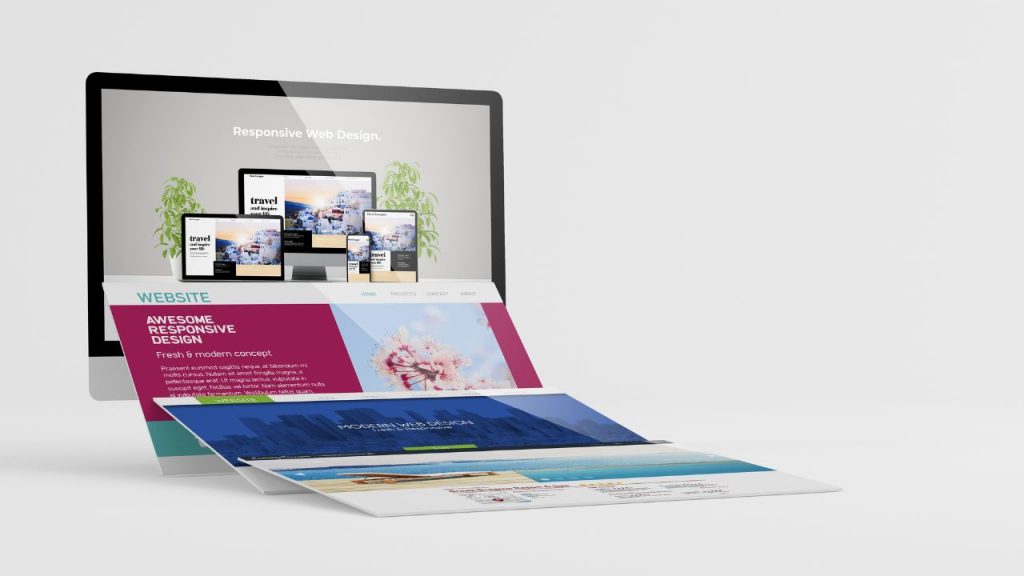Graphic design is all about creating visuals that communicate ideas and emotions. Think about logos, posters, websites, or ads—they all rely on graphic design to make an impact. Great design isn’t just pretty; it tells a story, grabs attention, and makes information easy to understand.
Learning graphic design basics helps you see why design is such a powerful tool. It’s used by companies everywhere to build their brand and connect with people. Design choices—like color and layout—can create emotions, spark interest, and encourage actions, making them essential for businesses.
Knowing design fundamentals gives you a foundation for a career in an industry with plenty of opportunities. As the world relies more on visual content, the need for skilled designers is only growing. So, learning design is a creative path that opens doors to many future possibilities.
Key Tools Every Graphic Designer Should Know
Getting started in graphic design means getting comfortable with the tools of the trade. The main ones are Adobe Photoshop for editing images, Illustrator for creating graphics like logos, and InDesign for designing print layouts. Each tool has unique features that help you bring your ideas to life.
If you’re looking at web or app design, Figma and Sketch are popular. Figma, in particular, is great for team projects since it’s collaborative. Each tool has a learning curve, but mastering them is worth it. Start with the basics and gradually build up to more advanced features.
Learning the tools might feel overwhelming at first, but don’t worry—it’s a gradual process. Start by focusing on just one or two, then explore more as you get comfortable. As you practice, these tools will start to feel second nature, helping you bring your creative visions to life.
Building Blocks of Design: Elements and Principles
Graphic design has a few building blocks: things like color, lines, shapes, and textures. These elements can completely change the look and feel of a design. For example, lines can guide where people look, and colors can set a mood or make something stand out.
Design principles are equally important—they show how to use these elements effectively. Balance keeps things from looking cluttered, contrast highlights important parts, and alignment keeps things neat. These basics help you create designs that look and feel right.
Another helpful tip is the rule of thirds, which helps with placement, and visual hierarchy, which guides what the viewer notices first. With these tools, you can make sure your designs are visually appealing and easy to understand.
Creating an Impressive Design Portfolio
A strong design portfolio is your ticket to getting noticed as a designer. This is where you showcase your best work, so make it count! Start with a variety of projects to show your range—from logo design to layouts for social media. Each piece should represent your strengths and creativity.
Keep your portfolio simple and only include top-quality pieces. Each project should include a brief explanation about what you did and why. Adding personal projects is a great idea, especially if you’re just starting out, as it shows your passion and creativity.
Your portfolio can be physical or online. A strong portfolio not only shows off your skills but also helps clients or employers get a feel for your unique style.
Exploring Career Paths in Graphic Design
Graphic design offers a range of career paths, each with its own style and focus. Brand design is all about logos and brand identity, where you’ll develop visuals that capture a brand’s personality. If you love web or app design, UI/UX design focuses on making user experiences smooth and intuitive.
For those who like movement in design, motion graphics is a great choice. Here, you’ll create animations and videos for ads, social media, or presentations. This is a growing field, with tools like After Effects helping bring designs to life.
Print design is another option, covering anything from magazines to packaging. It’s a rewarding field if you enjoy layout design and working with physical products. Each path in design has unique skills, so you can choose the one that aligns best with your passions.
Tips for Success in Graphic Design
Success in graphic design goes beyond just knowing the tools. First, practice regularly—try new things, play with colors, and experiment with different designs. The more you create, the better you’ll get. It’s about building skills and confidence over time.
Networking is key too. Connect with other designers, attend events, or join online groups. Sites like LinkedIn and design forums are great places to meet other creatives and learn from their experiences. Building a network can lead to job referrals and collaboration opportunities.
Stay updated on trends. Design is always changing, so it’s helpful to follow blogs, watch tutorials, or take courses. And finally, always be open to feedback—it’s a great way to grow. Good communication with clients or teammates can set you apart and make your work shine.







